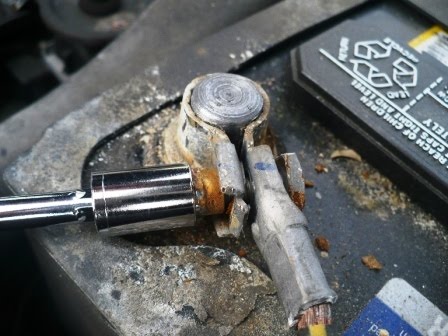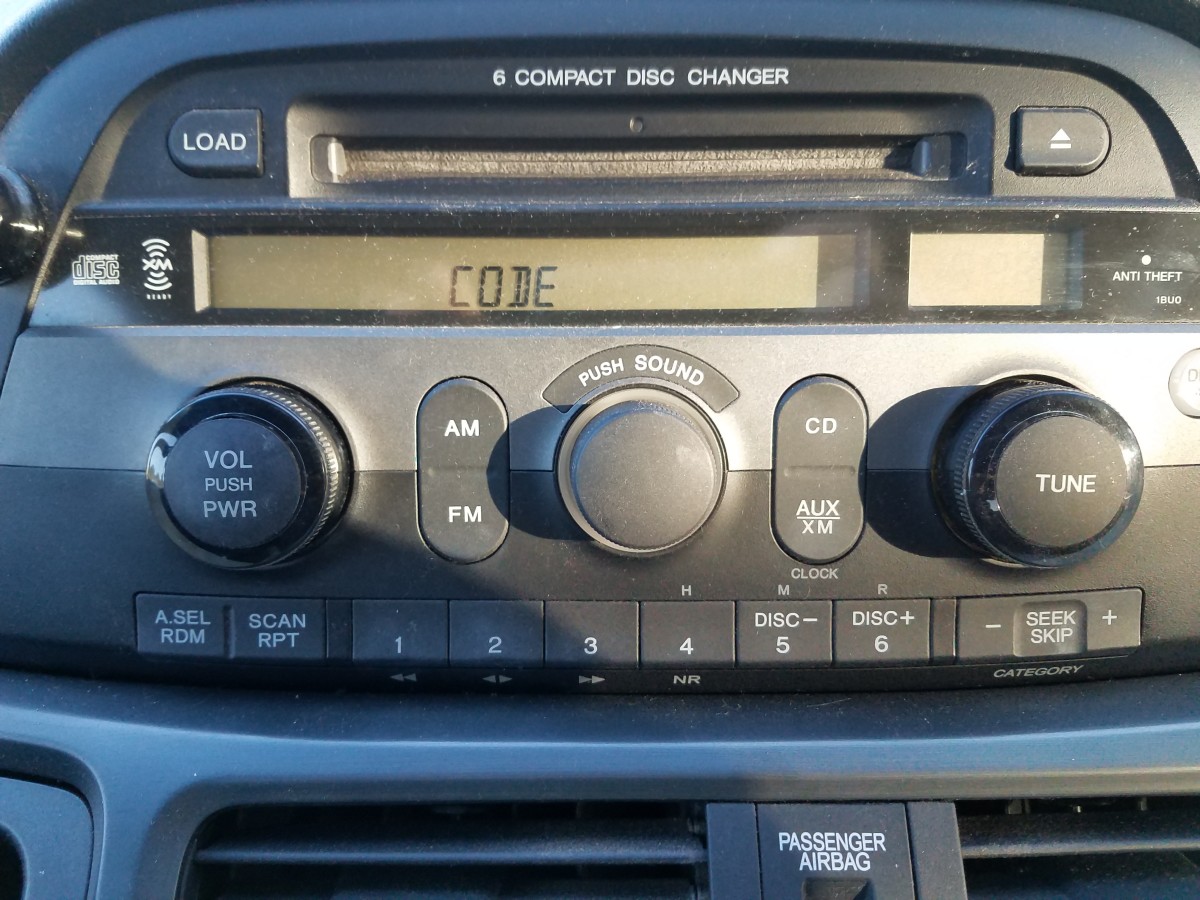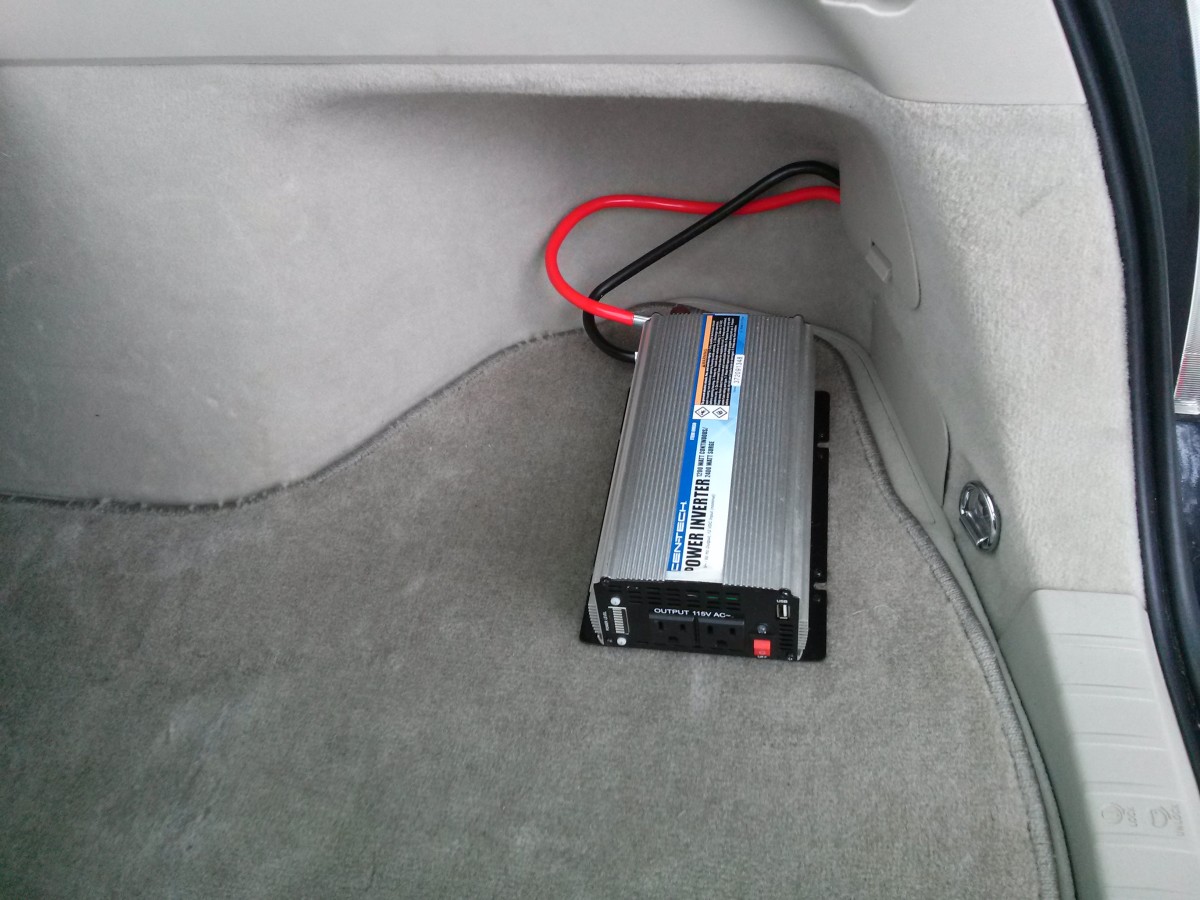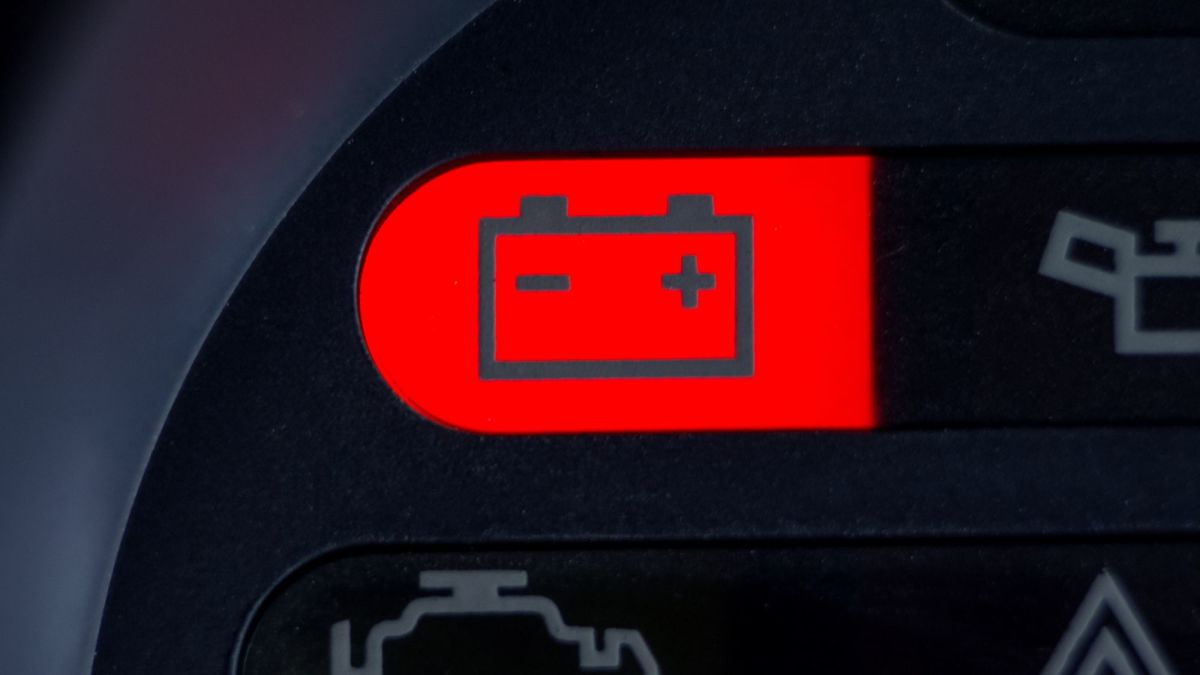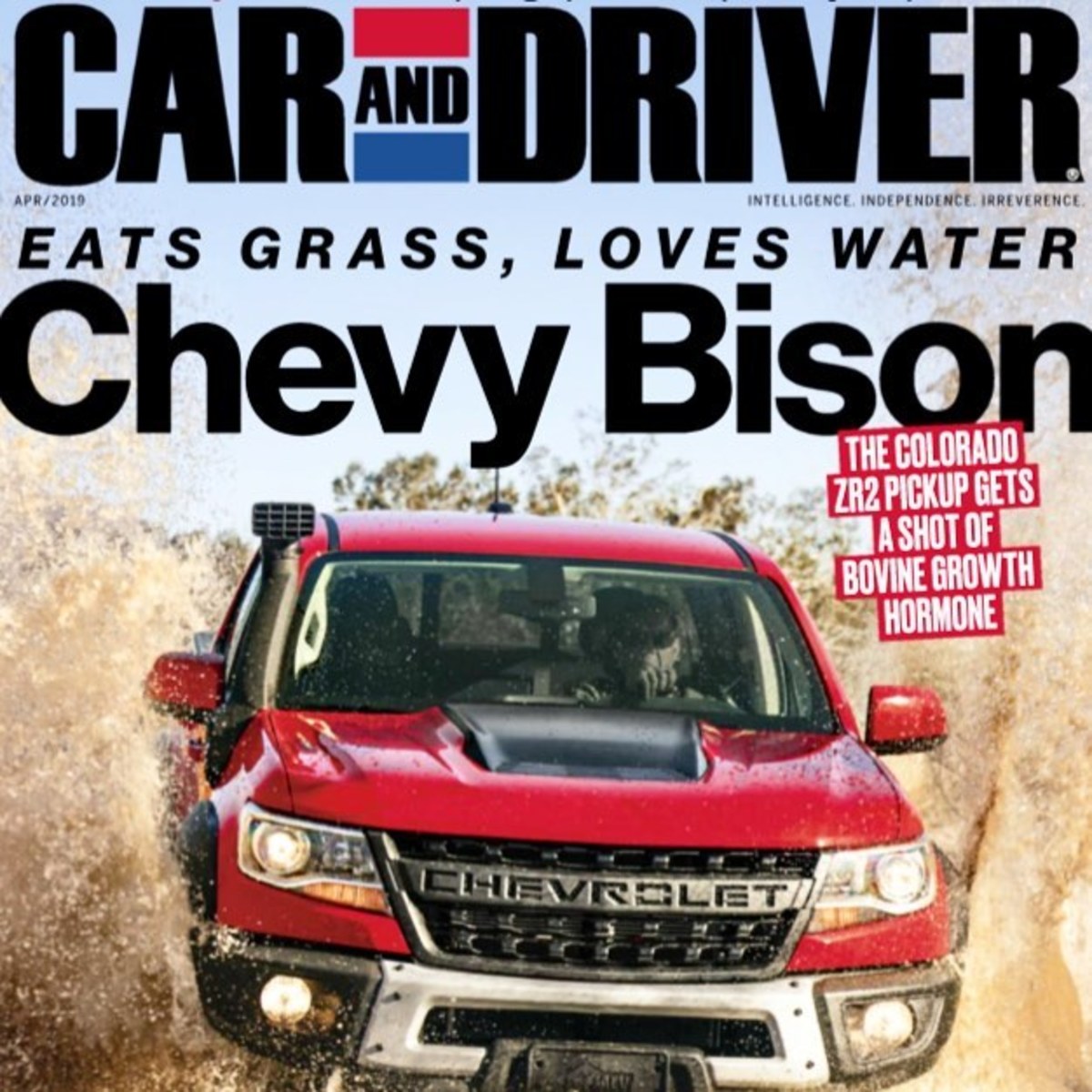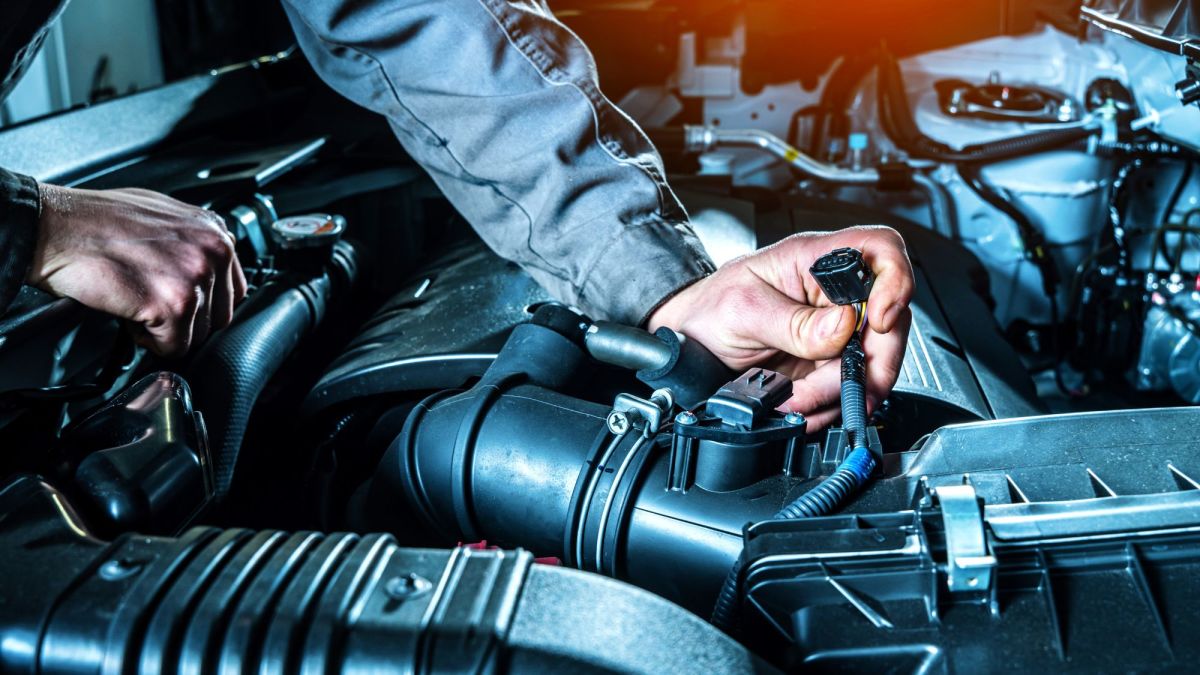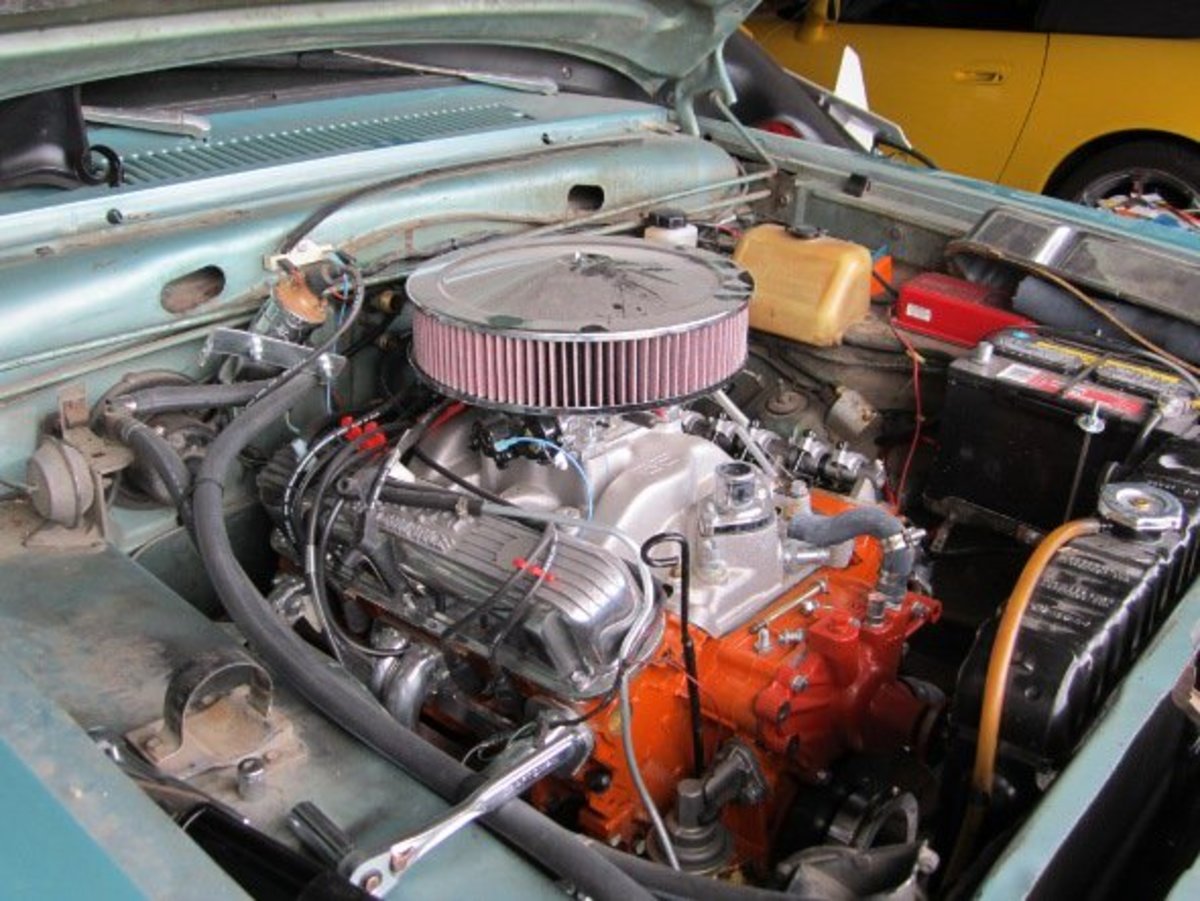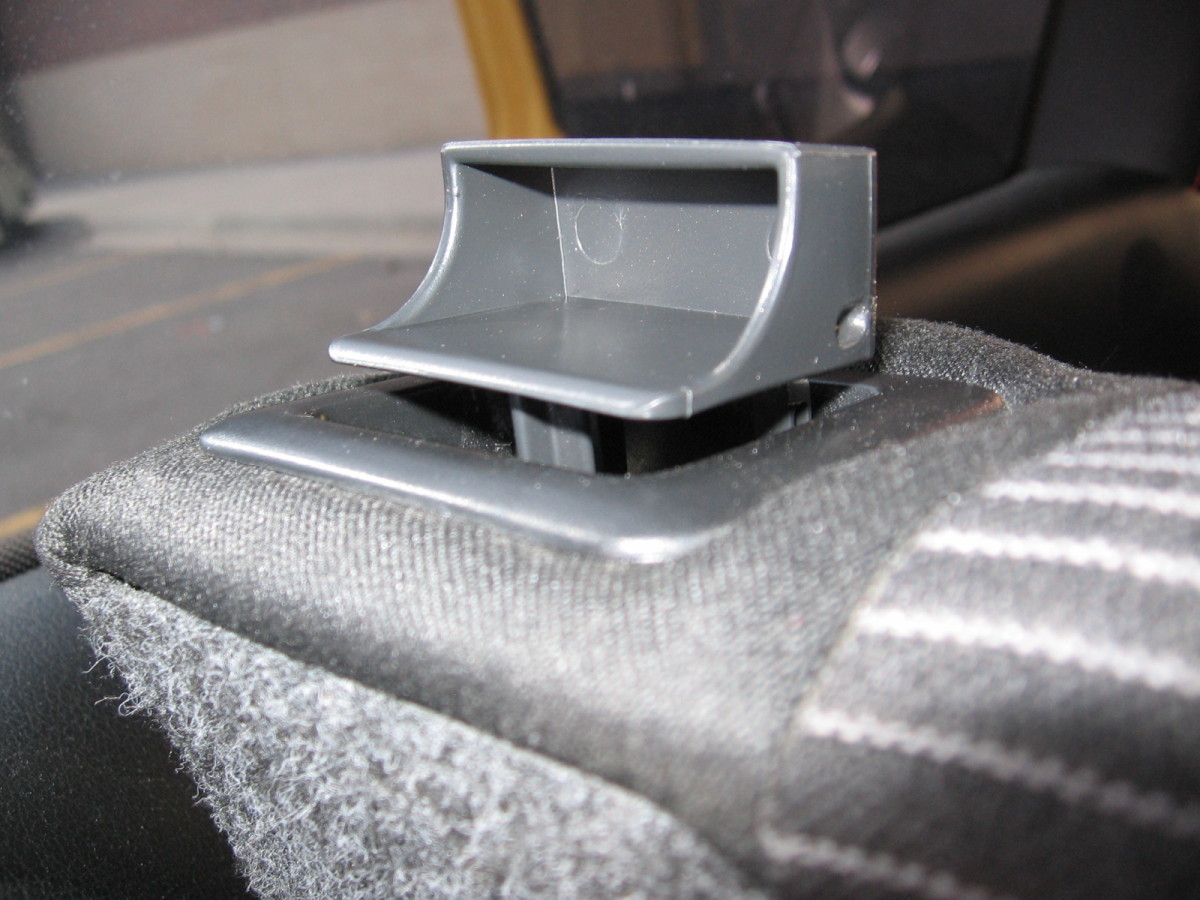How to change an automotive battery
Instructions
Whether you own a Ford F100, a Honda Civic, or any other vehicle that runs on gasoline or diesel, you must know how to change a battery. A battery is one of the most important parts to your vehicle. It is what lets you get in the vehicle and let the horsepower loose. Without your battery, or a very energetic group of friends (for those of you with a manual transmission) you would be going nowhere.
Here is a rough idea of how the battery is so useful. The battery supplies power to the starter. The starter is an electric motor that rotates the flywheel to start the ignition process of the vehicles engine. Also, the battery powers your fuel pump to supply a fuel source to your starting engine. As your vehicle is running a belt is run to spin a small electric generator, called an alternator.
Before getting ready to tackle the job of taking the battery out and replacing it with a fresh one, let’s look at some of the hazardous materials that you may come in contact with.
- Electrolyte solution of 64% water and 36% sulfuric acid (WARNING: If Electrolyte comes in contact with your skin or your eyes, you must wash immediately flush with water and baking soda solution to neutralize the electrolyte. Immediately get medical assistance.)
- Lead and lead peroxide
- Lead alloys, such as antimony
These chemicals can all be hazardous, so it is recommended that nitrile gloves or some other form of approved protection is used. The electrolyte is the fluid in the battery used to carry electric current. Lead is used in construction of the positive plates in the form of lead peroxide, and in the negative plates in the form of sponge lead.
Now that you know the risks associated with changing a battery, let’s get started!
1. You will need to determine if your battery is a “Top post” or a “Side post”
a. If the terminals are on the top, it is a top post, if on the side, a side post.
2. Determine the cold cranking amps of your battery, Ex. 770CCA means 770 cold cranking amps.
3. After finding the correct replacement battery assemble the tools that you will need
a. A combination wrench of the correct size ( should be 5/16, 3/8, 7/16, 1/2, 9/16, or 10mm)
b. Depending upon how the battery is mounted, you may need to undo the battery fasteners (not all batteries have or need fasteners)
i. The fasteners should be obvious
ii. If the battery will not move when attempting to shift it, look for a fastener
iii. The fastener needs to be undone, do so carefully, taking note of how it was disassembled for ease in reassembly.
c. Flat tip or straight slot screwdriver may be needed
d. A wire brush
e. A corrosion preventing substance such as dielectric grease
f. The last tool, and most important, is a “Can Do” attitude!
4. Undo the fastener on your battery terminal.
See Picture 1
5. Repeat on the other terminal
6. Undo any necessary fasteners, if any, and remove battery carefully
a. Hold bottom of the battery after maneuvering it out of the compartment because these batteries are heavy
7. Place battery in a safe place away from anything flammable
a. Keep battery away from anything important because they are very corrosive
b. If placing in vehicle to take it back to the store for recycling, make sure to put something down to protect your seat or floor for possible spills of corrosive electrolyte
8. Take new battery and place it in the compartment where the old battery came from, carefully noting that the positive post(+) matches the positive cable(Red) and the negative post(-) matches the negative cable(Black)
a. CAUTION: If the battery is installed incorrectly by putting the wrong terminals with the wrong cables serious damage can be done to the vehicle.
9. Use a wire brush to clean corrosion off of the cable ends of both the positive and negative cables.
10. Apply dielectric grease to terminals of battery to prevent corrosion.
11. Put cable ends onto posts and tighten them until firmly tightened.
12. Refasten any battery fasteners
13. Battery is installed; attempt to start your vehicle.
14. If the vehicle starts, you succeeded. If the vehicle will not start, check your cables to make sure they are tight. Check to make sure they are on the correct terminals.
15. Good Job! You just replaced your own battery! You just made a step into being an able car owner!
Works Cited
Crowd, Bridge, and Tunnel Crowd. "B(ridge) and T(unnel) Crowd." Blogger-Index Blog Directory. 31 Jan. 2011. Web. 09 Oct. 2011. <http://www.blogger-index.com/feed86557.html>.
Daven. "How to Test a Car Alternator." Today I Found Out. 16 Jan. 2011. Web. 09 Oct. 2011. <http://www.todayifoundout.com/index.php/2010/01/how-to-test-a-car-alternator/>.
Hollembeak, Barry. Classroom Manual for Automotive Electricity and Electronics. Albany, NY: Delmar, 1994. Print. pgs 116-121
"Vehicle Batteries | Is It Time For A Change?" Car Score Card. Wordpress, 27 Apr. 2011. Web. 09 Oct. 2011. <http://www.carscorecard.com/car-advice/is-it-time-for-a-change/>.
Picture 1
